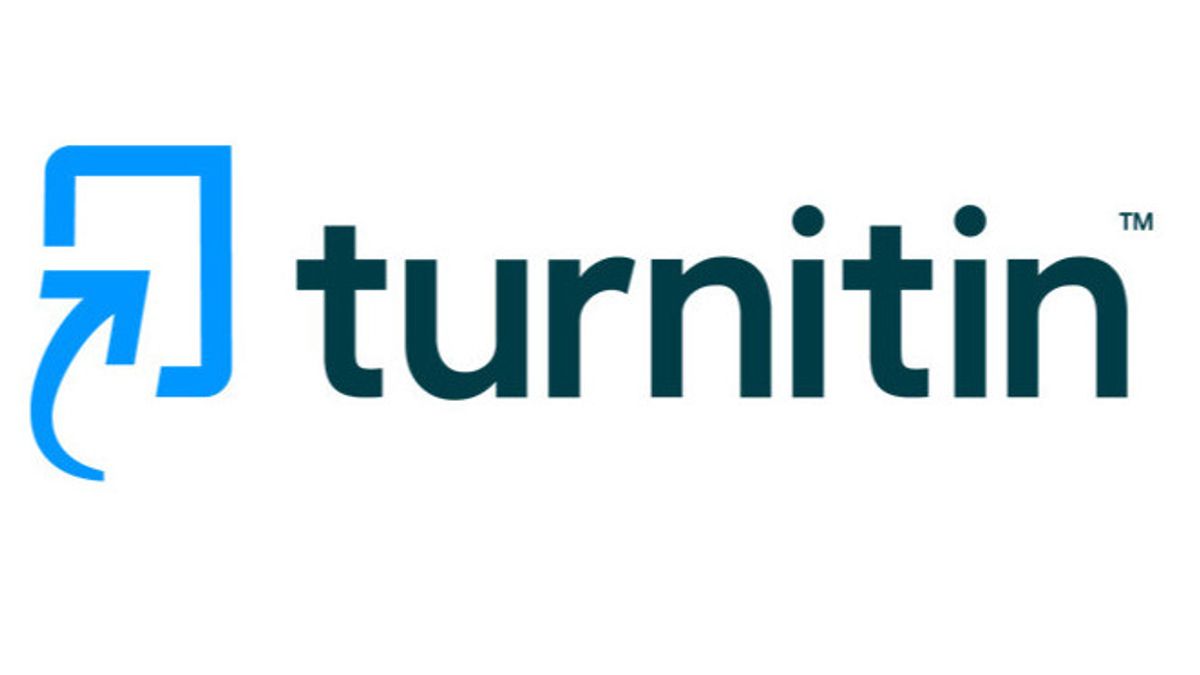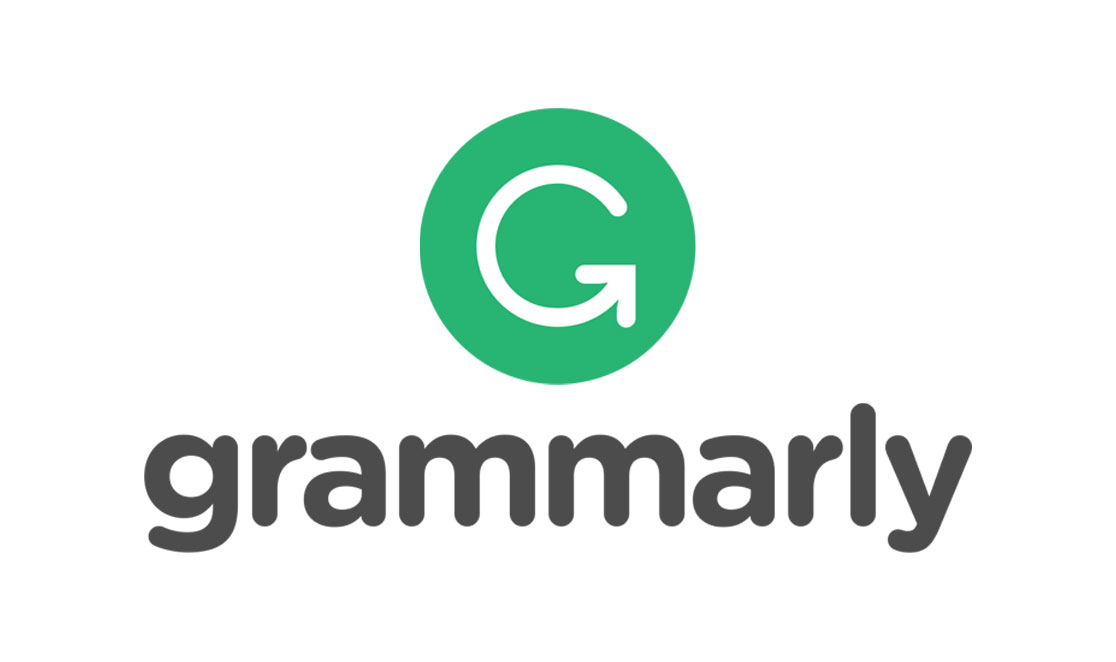Pengembangan Konsep Desain Kemasan Produk Lealoe dengan Pendekatan Kansei Engineering
DOI:
https://doi.org/10.30997/jah.v9i2.7465Keywords:
desain, elemen, visual, pembelianAbstract
Persaingan dalam pemasaran produk sabun mengharuskan para pemilik usaha memiliki keunggulan atau diferensiasi produk agar tetap diminati konsumen. Tujuan dari penelitian ini yaitu merancang model bisnis untuk sabun cair pencuci tangan dari minyak biji mimba dan minyak atsiri sereh menggunakan kanvas model bisnis. Elemen penyusun kanvas model bisnis terdiri atas 9 elemen diataranya customer segments, value propositions, channels, customer relationships, revenue stream, key resources, key activities, key partnerships, dan cost stuctures. Segmentasi pelangan dalam model bisnis ini yaitu masyarakat kalangan menengah ke atas serta masyarakat pengguna produk natural. Hal ini sesuai dengan proporsi nilai yang ditawarkan yaitu produk dengan tren back to nature. Produk ini aman digunakan karena bahan natural sebagai komposisi produk. Peran segmentasi yang mendukung sangat diperlukan dalam perancangan model bisnis agar produk dapat bersaing dan sesuai dengan keinginan konsumen terhadap produk sabun cair. Kanvas model bisnis dengan pendekatan social emterprises diharapkan memberikan nilai keberlanjutkan dalam usaha sabun cair berbahan baku minyak biji mimba dan minyak atsiri sereh. Perancangan model bisnis social enterprises diperoleh berdasarkan hasil analisis kondisi saat ini dan analisis modifikasi elemen kunci kanvas model bisnis.
References
Clement, J. 2007. Visual influence on in-store buying decisions: An eye-track experiment on the visual influence of packaging design. Journal of Marketing Management. 23, 917-928.
Delfitriani. 2018. Pengembangan Komposisi Dan Keragaan Produk Dadih Menggunakan Rekayasa Hibrid Kansei Berbasis Pada Tipe Kepribadian Pelanggan [thesis]. Institut Pertanian Bogor, Bogor.
Deloitte. 2015. The 2015 American pantry study – the call to re-connect with consumers. New York: Deloitte.
Kanuk and Schiffman. 2007. Perilaku Konsumen. Edisi Ke-7. Diterjemahkana Oleh Zoelkifli Kasip. Pt. Indeks Jakarta.
Kurniati WD. 2016. Packaging Design of Natural Beverage Based on KE and Customer Attitude: A Case in CTC Black Tea Powder. Thesis. Bogor (ID): IPB.
Kotler, P. 2009. Marketing management: A south Asian perspective. Pearson Education India.
Monness, E and Coleman, S.Y. 2005. LISREL: An alternative to MANOVA and Principal Components in designed experiments when the response is multidimensional. Quality and Reliability Engineering International. 21: 1–12.
Ma’arif and Aziz, A 2015. Penerapan Algoritma Tf-Idf Untuk Pencarian Karya Ilmiah. Jurnal. Jurusan Teknik Informatika. Fakultas Ilmu Komputer, Universitas Dian Nuswantoro, Semarang.
Panda, D., Masani, S., dan Dasgupta, T. 2022. Packaging-influenced-purchase decision segment the bottom of consumer marketplace? Evidence from West Bengal, India. Asian Pacific Management Review. 27, 145-153.
Pratiwi., Esti, D., Harjoko, A. 2013. Implementasi Pengenalan Wajah Menggunakan PCA (Principal Component Analysis). FMIFA, Universitaas Gadjah Mada, Yogyakarta.
Rehle, N. 2020. How product packaging affects sales. Retail Minded. https://retailminded.com/how-product-packaging-affects-sales/#.YvchWHZBy5c. [12 Agustus 2022].
Roji, B. 2013. Penerapan Metode Association Rule Mining (Arm) Untuk Memprediksi Rencana Penambahan Stok Pupuk Berdasarkan Kebiasaan Pelanggan [skripsi]. Universitas Islam Negeri Sultan Syarif Kasim, Pekanbaru.
Santosa IBDY. 2015. Pengembangan Desain Produk Aromaterapi Khas Bali Berbasis KE dan Tipe Kepribadian Konsumen Thesis. Bogor (ID): IPB Press.
Sari NP. 2015. Desain Afektif untuk Kemasan Asinan Bogor. Thesis. Bogor (ID): IPB.
Smith, P and Taylor, J. 2004. Marketing communications: an integrated approach (4th edition). London.
Setiadi. 2005. Perilaku Konsumen: Konsep dan Implikasi Strategi dan Penelitian Pemasaran. Graha Ilmu Jakarta.
Setiawati, M. 2017. Pengaruh Promosi Dan Kemasan Terhadap Keputusan Pembelian Produk Chitato Yang Dimediasi Oleh Brand Awareness [skripsi]. Fakultas Ekonomi, Universitas Kristen Krida Wacana, Jakarta.
Shukla, P., Singh, J., dan Wang, W. 2022. The influence of creative packaging on consumer motivation to process and purchase decisions. Journal of Business Research. 147, 338- 347.
Taghavi, M and Seyedsalehi, A. 2017. The effect of packaging and brand on children’s and parents ‟ purchasing decisions and the moderating role of pester power [internet]. British Food Journal, 117(8), 2017–2038. Tersedia pada: https://doi.org/10.1108/BFJ-07-2014-0260. [24 November 2020].
Rahmaningrum, V. 2019. Desain Afektif Untuk Kemasan Produk Household Care Berbahan Baku Serat Selulosa Di PT. XY [sripsi]. Fakulyas Ilmu Pangan Halal, Universitas Djuanda, Bogor.
Walgito. B. 2010. Pengantar Psikologi Umum. Yogyakarta.
Downloads
Published
How to Cite
Issue
Section
License

This work is licensed under a Creative Commons Attribution-ShareAlike 4.0 International License.
Authors who publish with Jurnal Agroindustri Halal agree to the following terms:
- Authors retain copyright and grant the journal right of first publication with the work simultaneously licensed under a Creative Commons Attribution 4.0 International License that allows others to share the work with an acknowledgement of the work's authorship and initial publication in Jurnal Agroindustri Halal.
- Authors are able to enter into separate, additional contractual arrangements for the non-exclusive distribution of the journal's published version of the work (e.g., post it to an institutional repository or publish it in a book), with an acknowledgement of its initial publication in Jurnal Agroindustri Halal.
- Authors are permitted and encouraged to post their work online (e.g., in institutional repositories or on their website) prior to and during the submission process, as it can lead to productive exchanges, as well as earlier and greater citation of published work









